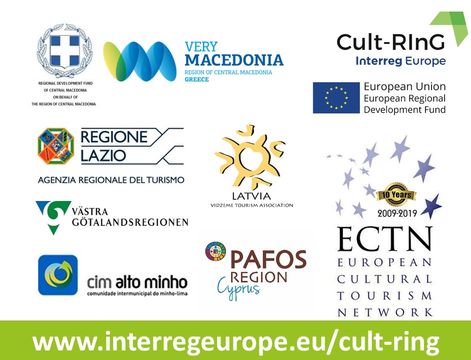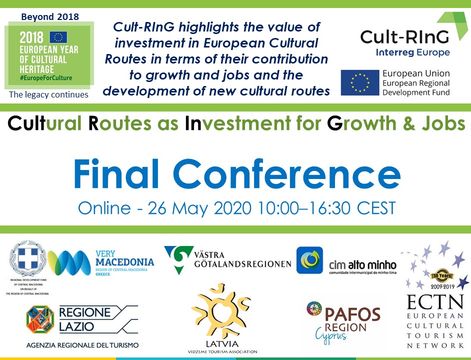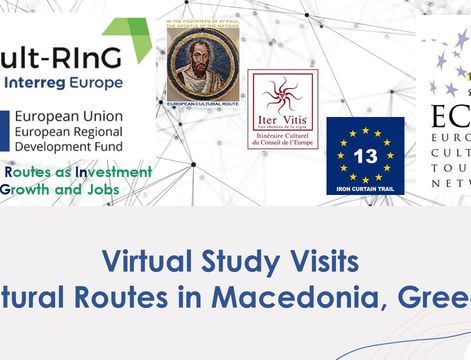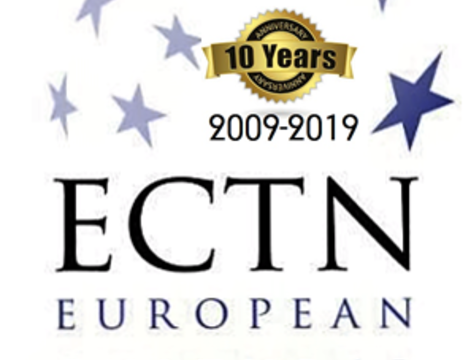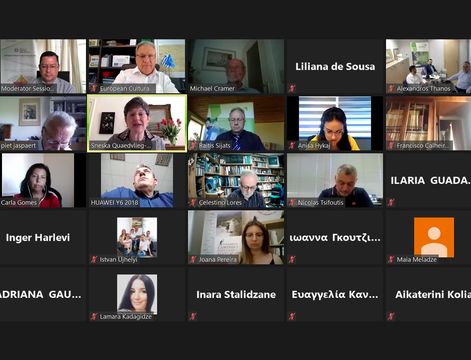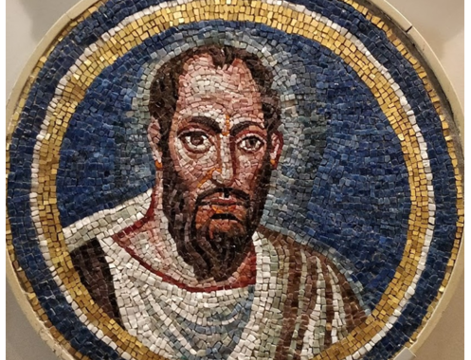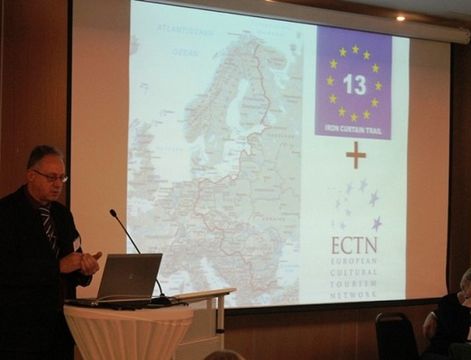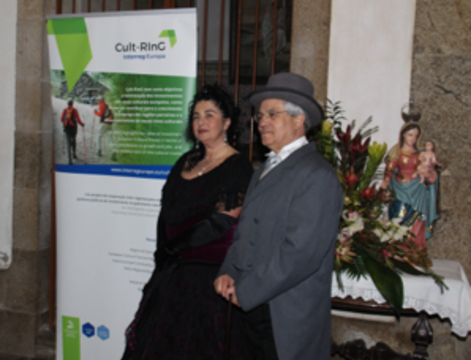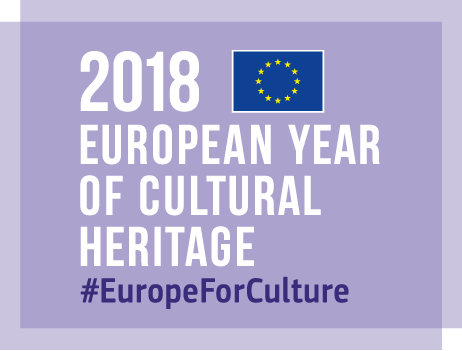The Pafos Action Plan was approved by the JS in early 2019 and has been under implementation during Phase 2 in 2019, with signifiacant interim results.
Progress in the Action Plan implementation is as follows by Action:
▪ Action 1: Development of an application to the Council of Europe for the certification of a new Interregional Cultural Route (CR) “In the footsteps of St. Paul, the Apostle of the nations”, as a candidate Cultural Route of the Council of Europe, jointly with partners Central Macedonia, Lazio and ECTN (advisory partner), based on the experience of other partners with pilgrimage routes, such as Lazio in central Italy with Via Francigena, Vastra Gotaland region with St Olav Ways in west Sweden and CIM Alto Minho with St James Way in north Portugal.
The following steps for the certification process were initiated:
- Definition of subject that promotes common European values, in terms of the relevant legacy in the Pafos region.
- Determination of relevant geographical, cultural, historical and natural heritage features in Cyprus.
- Drafts of articles of association for the establishment of the required legal body (possibly based in Cyprus, as a limited company by guarantee).
- Coordination of joint actions to encourage cultural cooperation with the other partners.
- Contribution to the drafting of the application form to the Council of Europe.
The interregional Cultural Route runs across Cyprus from the east coast in Famagusta province to Pafos, with main points of interest the ‘pilar’ of St Paul’, where St Paul was whipped, in the courtyard of the old Church of "Chrysopolitissa". This is an important part of the whole Cultural Route through Greece and Italy ending up in Rome, Lazio region. The CR part in Pafos and Cyprus is very important as St Paul’s first mission that led the way for his further missions.

▪ Action 2: Joining the ‘Phoenicians Route’ certified Cultural Route of the Council of Europe and participating in its activities; initiating a ‘Smart Way’ in Cyprus, based on the exchange of experience in working with cultural routes of the Council of Europe as an active member, like partner Lazio Region with Via Francigena Cultural Route.
The joining of Phoenicians Route was fully achieved. Discussions started with the Phoenicians Route senior officials regarding the Smart Way.


▪ Action 3: Strategy and actions framework for the valorization of the myth of Greek Cypriot goddess Aphrodite, through the establishment of a potential new European Cultural Route from her birthplace in Pafos to Europe, based on the experience on ancient civilisations cultural route of 'The Phoenicians Route' in Italy and Portugal.
A video clip for the promotion of the route was produced.




▪ Action 4: Joining the ‘Iter Vitis’ Cultural Route of the Council of Europe for promotion of wine tourism, based on good practice transfer from CIM Alto Minho PT.
PRBT joined Iter Vitis association as a member, the first ever from Cyprus. Discussions were held with Iter Vitis for promoting wine tourism in Pafos region.


Policy change
Main lessons from the project leading to policy change are:
1. There is great interest for religious and pilgrimage cultural routes, which provide the basis for new cultural tourism products and services.
2. European Cultural Routes (ECRs) may generate additional tourism demand and generate significant economic development and employment creation benefits.
3. Membership of existing Cultural Routes of the Council of Europe gives a destination additional exposure to international visitors and creates further interest in relation to the usual tourism offer, enriching the cultural heritage of the destination.
4. Visitors through Cultural Routes have a higher profile than the average, are more educated and also demanding in terms of increased information and quality services. They are more likely to look for other cultural activities and appreciate local traditions and local products. They need targeted marketing efforts and spend more than the average per capita.
In the policy instrument (PI) addressed in this project (Pafos Regional Strategic Tourism Development Plan), there has not been explict reference to ECRs previously and this weakness is now addressed by the implementation of the Cult-RInG Action Plan for the first time, which forms a significant policy change. Close stakeholder involvement supported this policy change, with regular meetings and involvement in the interregional activities.
The vision is to make ECRs in Pafos region an effective tool for sustainable cultural tourism development and promotion, for the benefit of visitors and host communities. In this respect, significant policy change is in progress by the action plan implementation with the valuable addition of ECRs in the improved policy instrument.
The Board approved the new policies on ECRs development and promotion to be incorporated in the PI, as a result of the Cult-RinG project AP.





